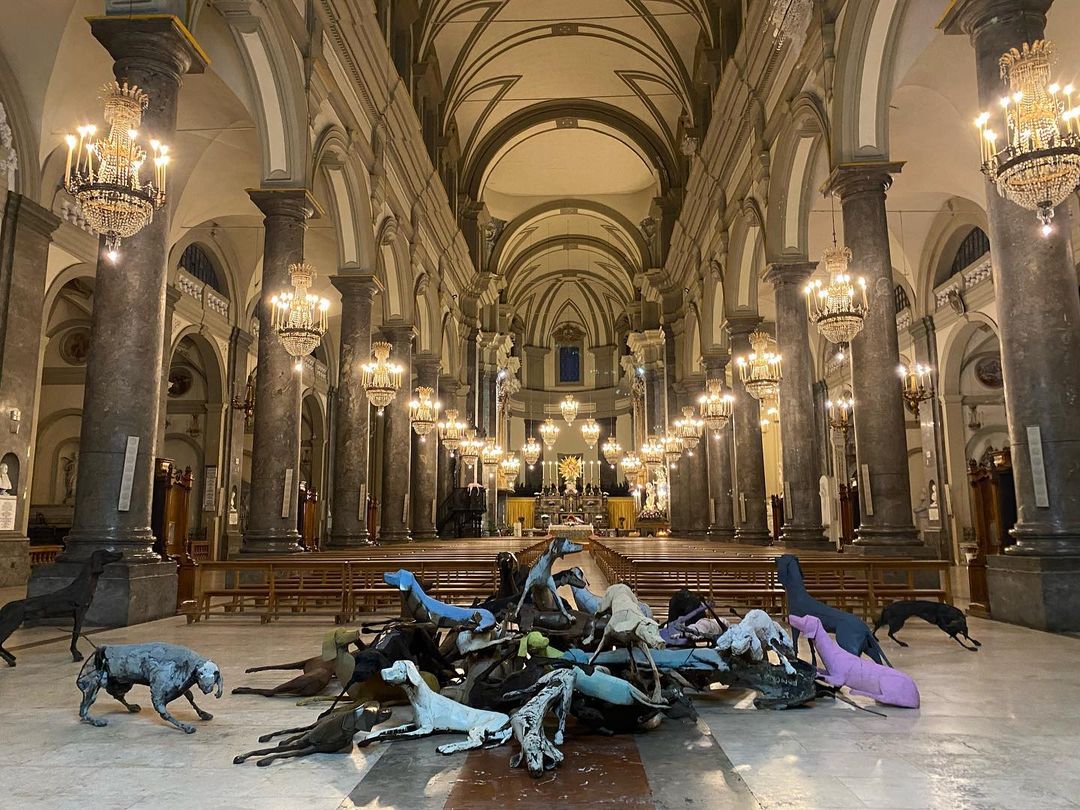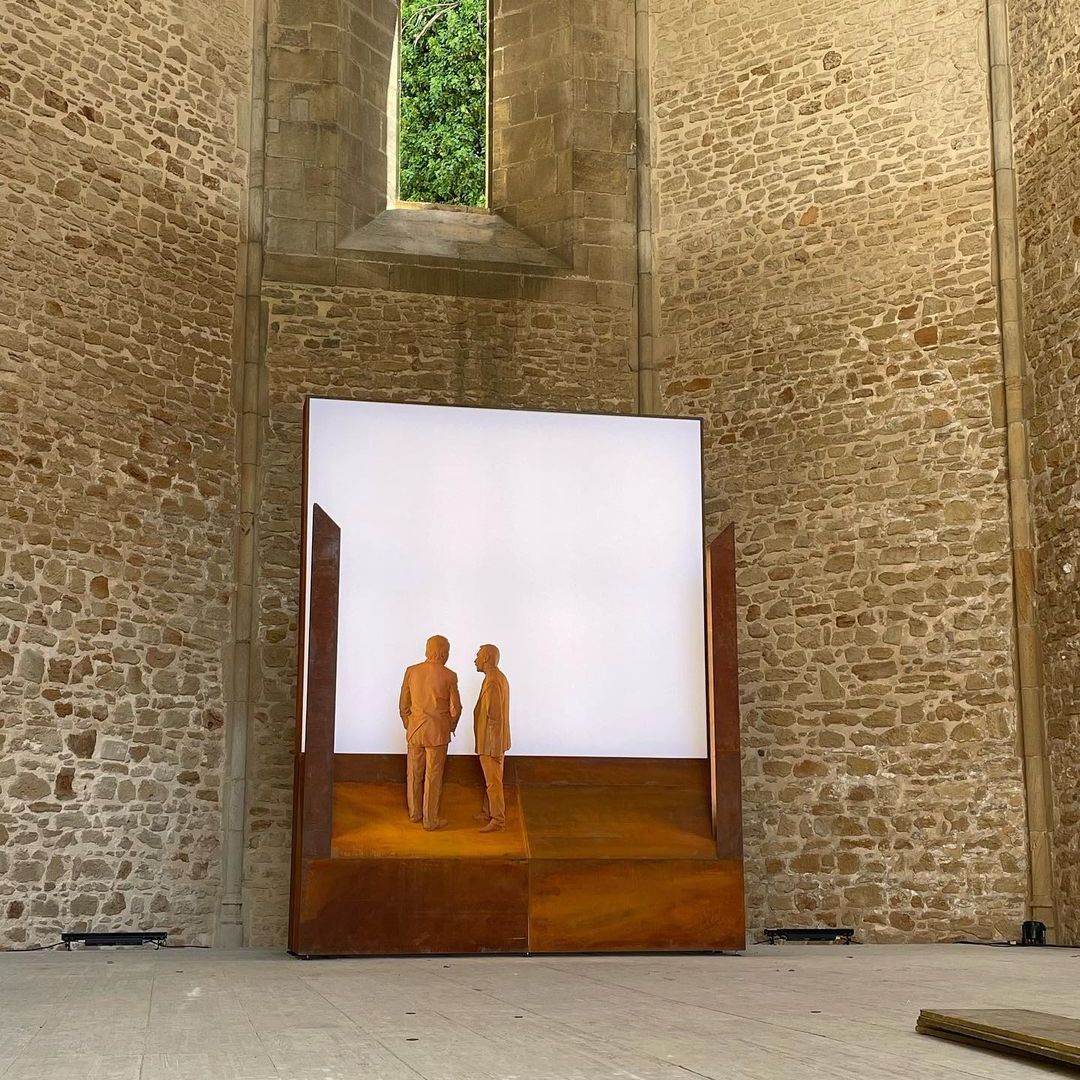With its alluring mix of architectural styles and scenic bay setting nestled within Sicily’s Monte Pellegrino, the city of Palermo teems with energy and vitality, its charming streets bustling with tourists and alfresco trattorias. But it wasn’t always that way: Palermo was once a stronghold of organized crime, with quarreling mobsters whacking one another in the streets, using public funds to build unsightly high-rise apartments, and leaving its historic city center unpreserved. Things changed after the 1992 murder of anti-Mafia judge Giovanni Falcone in a bombing, a watershed moment that galvanized the reeling populace into organizing against the mob with mayor Leoluca Orlando.
Three decades after Falcone’s murder, Fondazione Falcone has unveiled four public artworks throughout the city to remind locals of Palermo’s grimmer years and encourage them to resist the creeping influence of organized crime. Founded by the late judge’s sister, Maria, the organization seeks to circumvent the Mafia by marking its territory: “We’ve always known that culture is one of the best weapons against the Mafia,” Falcone tells the New York Times. “Repression alone is not enough. You also need social and cultural work for that.”

